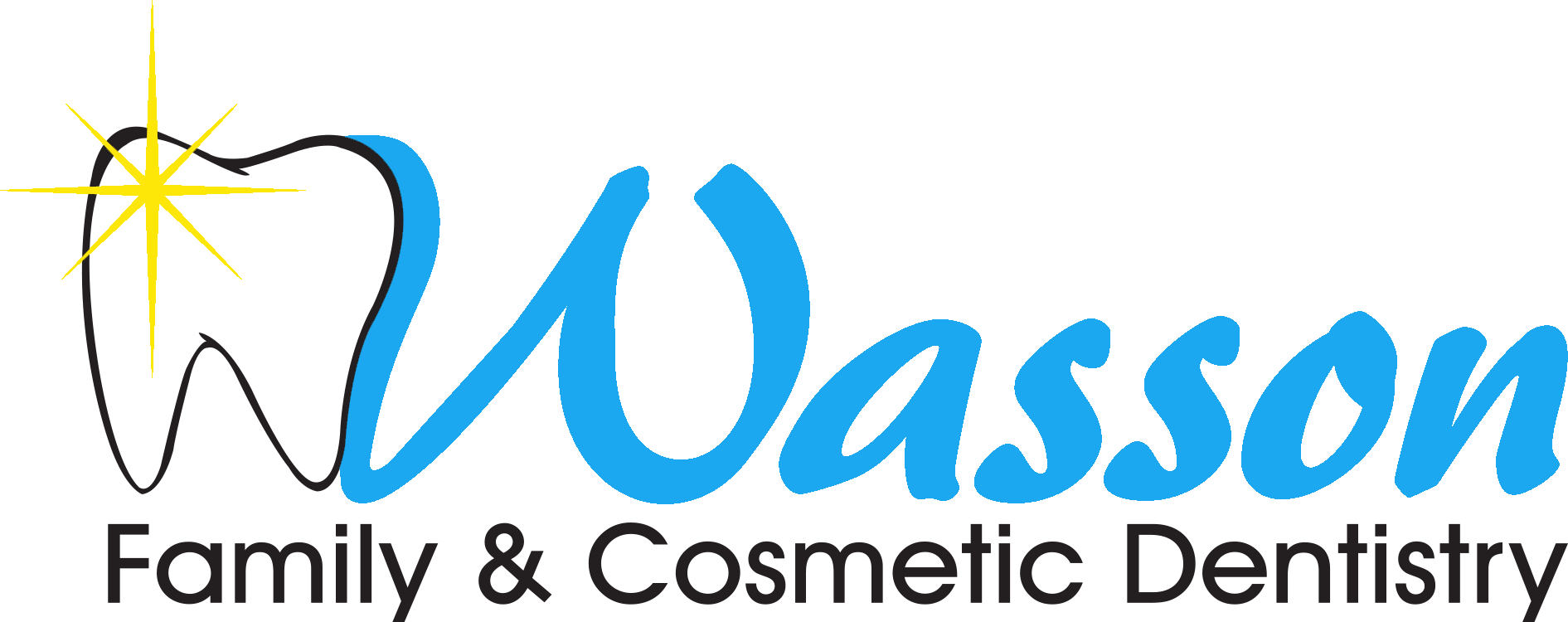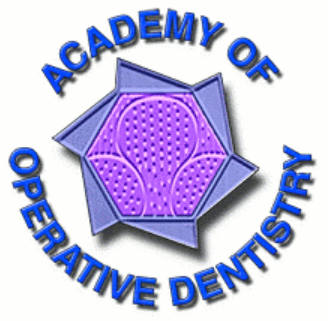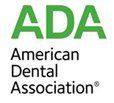
As much as 85 percent of your body's phosphorus content lies in your teeth and bones. You can become deficient in phosphorus if you don't eat a varied diet or if you have a health problem that affects how you absorb or use phosphorus and other minerals.
Here's how phosphorus protects your oral health and what you can do to get the most out of the mineral.
How Can You Become Deficient in Phosphorus?
Different things can affect the phosphorus levels in your body, including a poor or unvaried diet. Although dairy products, meat, seafood and vegetables contain sufficient levels of phosphorus, you can become deficient in the mineral if you don't eat enough of each food group or if you can't eat any of these types of foods.
Most adults over 19 years of age need about 700 milligrams of phosphorus to stay healthy. If you like to eat only one or two particular types of food for meals, such as chicken and broccoli, you might not obtain the milligrams of phosphorus you need each day. Proteins like chicken contain only 157 to 180 milligrams of the mineral per serving.
Conditions like celiac disease that affect how the body absorbs nutrients can interfere with how well your teeth and bones absorb calcium. Calcium needs phosphorus to help it work and absorb into your body. If you don't have enough phosphorus in your body, the calcium you do manage to obtain goes to waste.
It's also possible for your phosphorus levels to be reduced because you receive certain treatments or take certain medications, including diuretics and blood pressure medications. The medications can inhibit or prevent your body from absorbing or using phosphorus, or the drugs can interact negatively with phosphorus.
With the right steps, you can replenish the phosphorus in your body and protect your teeth and gums at the same time.
How Do You Get Enough Phosphorus in Your Diet?
Unless you have a health condition that limits what you eat, you can increase the phosphorus in your teeth and bones by adding more food groups to your daily diet. For example, instead of eating just chicken or beef for meals, try halibut, sardines or another type of fish. You can also opt for protein-based foods like beans and lentils.
Phosphorus is also plentiful in dairy foods, such as cottage cheese and cheddar cheese. You can always combine these foods with strawberries, kiwi and blueberries. If you have a health condition or take a medication that affects how you absorb or use phosphorus and calcium, ask your doctor for advice on what to eat.
Also, see a dentist about your tooth decay or jawbone problems. Cavities can become worse or lead to tooth loss, even in adults. Jawbone conditions like temporomandibular joint disorder can potentially lead to pain, inflammation and problems with eating.
A dental provider may be able to fill your cavities or place crowns on your teeth. The treatments restore and protect your teeth from future decay. If the decay is too bad, a dentist may perform a root canal treatment on your teeth.
To treat temporomandibular joint disorder, a dental provider may ask you to wear a mouth guard at night. The guard stabilizes and prevents pain in your jawbones. If necessary, a dentist may surgically repair the damage to your jaws.
You can learn more about phosphorus and why your teeth and jaws need it by contacting Wasson Family & Cosmetic Dentistry for an appointment.
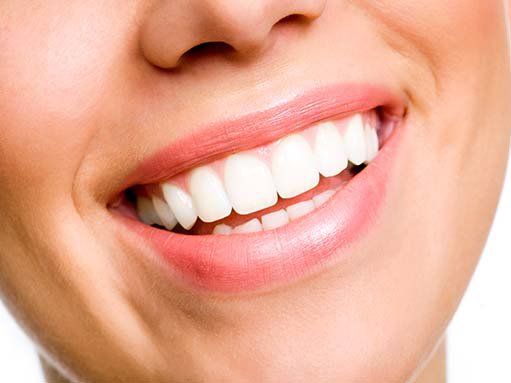
Knowing whether you have gingivitis or not can greatly affect your oral health. If you brush regularly and floss as often as you should, you are doing your part to keep periodontal disease at bay. Here are signs you have gingivitis, and what you need to do about it so your symptoms do not return.
Changes in Your Gums
- Swelling
- Bleeding
- Pain when brushing
- Dark red, purple, or black gums
Changes in Your Teeth
Your teeth may also start to appear discolored, being a darker hue on top and lighter at the base. This can be caused by a receding gum line just recently exposing fresh tooth enamel to the surface. Call your dentist right away if you notice your teeth becoming more prominent at the roots or if you have dental nerve pain. These are indicators that your gums and tooth base may be suffering from gingivitis or a more serious gum disease.
Changes in Your Breath
A quick test you can do at home to test your breath is this: press a finger lightly to your gum line and pull your finger away. The pressure should release saliva from the impact that is flavorless and odorless. If you smell decay or taste foul spittle instead, then you may have gingivitis.
What You Can Do About It
If you have gingivitis or periodontal disease, your dentist will want to do a deep cleaning of your teeth. This often involves numbing your gums so a hygienist can use a special tool to chip out hardened plaque and remove all signs of infection safely and comfortably. The process is typically performed over multiple visits to avoid over-taxing your mouth with this intensive cleaning.
Your dentist can give you further assistance in keeping gum disease at bay. At Wasson Family & Cosmetic Dentistry, your oral health is our first priority.
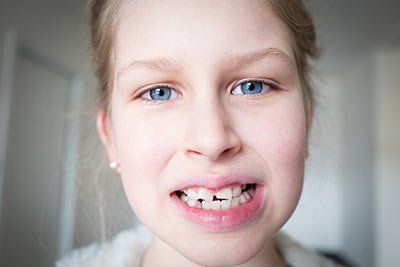
Evaluate the Damage
Drop the portion of or whole tooth into a solution of saline, saliva, or milk to preserve it and take it with you to the medical care center.
Keep the Area Clean
- Rinse with equal parts water and hydrogen peroxide
- Rinse with salt water
- Pack the affected area with clean gauze
Manage Your Pain
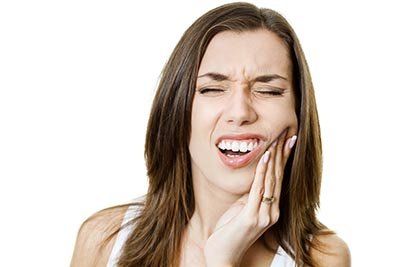
Warm Water Rinse
Stop the Bleeding
Ice It
Cover the Tooth
Discontinue Use
Take a Pain Reliever
Call your dentist

Natural Feel and Look
Simpler Procedure
No Metal Used
Stronger Teeth

What Are Crowns?
Crowns are fixed prostheses that are cemented onto existing teeth to cover damage so that the teeth are protected, and their appearance is improved. There are several types, including porcelain, ceramic, resin and stainless steel.
The First Appointment
The Second Appointment
Crowns are made to handle normal activity, such as chewing, biting and grinding. They will look, feel and work like a regular tooth over time. To learn more about what to expect when getting a dental crown , call Wasson Family & Cosmetic Dentistry at 828-274-2815.


Dental offices are becoming more high-tech with each passing year, and that technology can have a positive impact on your next visit. Do you want to know more about what changes have been made or may be on the horizon? Here are some of the latest trends to upgrade your dental care.
Dental Implants
General dentists and specialists alike are offering dental implants more frequently as an alternative to traditional bridgework as well as partial and full dentures. Implants are used as a replacement for lost teeth, and can work well with a patient’s remaining or healthy teeth. A dentist would need to evaluate patients for this treatment because it may not be an option for everyone.
Updated Software
Some offices have gone to software and even apps that make it easy for patients to update their medical histories or schedule appointments. These apps provide another opportunity for people who are on the go but still want to make sure they receive regular dental care.
CAD/CAM Technology
With computer-aided digital images, your dentist can create a more accurate impression of the oral structures than with a customary and messy impression. This technology can also be used to manufacture crowns in the office, usually with only one appointment.
These and other new technologies are making dental visits easier and more comfortable for many patients. If you want to know more about dental services contact Wasson Family & Cosmetic Dentistry in Arden.

At Wasson Family & Cosmetic Dentistry, we are dedicated to improving your total health through dentistry. Because of the overwhelming evidence that oral health and total health are connected – the mouth is part of the systemic whole – it’s important to understand how food affects your teeth and gums.
Food is not just sustenance, not just fuel and certainly not just a diversion. Food nurtures and heals. So the type of food you eat affects your health and well-being. The right foods help you feel energetic, sleep better and prevent sickness.
Generally, good nutrition is beneficial for oral health as well as total health. Fill your diet with fresh produce, nuts and seeds, legumes, lean meats and whole grains. These contribute to a more alkaline state in the body, which defends against bacteria and inflammation.
Avoid food with artificial preservatives, artificial sweeteners, food coloring, high-fructose corn syrup, refined sugar, refined flour and partially hydrogenated oils. These contribute to a more acidic state in the body, which increases bacteria and creates inflammation.
This list of 10 superfoods for great oral health will benefit your mouth. But they’re also good for the rest of you!
- Kiwi. Most fruits contain vitamin C, which is vital for the health of your gum tissue, but kiwis contain the highest amount. Without vitamin C, the collagen in your gums breaks down; the gums become tender and more susceptible to the bacteria causing periodontal disease.
- Cheese. High in phosphate and calcium, cheese helps balance the pH in the mouth, killing bacteria and preserving tooth enamel. This prevents cavities and gum disease.
- Celery. As a crunchy vegetable made mainly of water, chewing celery produces saliva, neutralizing the bacteria streptococcus mutans that causes cavities. It’s also a naturally abrasive food that massages gums and cleans between teeth.
- Green Tea. Enjoyed for centuries in Asia, green tea contains catechins that kill the bacteria leading to plaque while preventing gum disease and cavities. It also inhibits the growth of bacteria leading to bad breath.
- Sesame Seeds. High in calcium, sesame seeds preserve the bone around the teeth and gums. They also help slough off plaque while helping build tooth enamel.
- Onions. Onions have powerful antibacterial sulfur compounds, making them terrific for oral health. They are strongest when eaten fresh and uncooked.
- Shiitake Mushrooms. These mushrooms contain lentinan, a naturally occurring sugar that prevents mouth bacteria from forming plaque.
- Raisins. Sweet and tasty, raisins contain phytochemicals like oleanolic acid that inhibit two species of oral bacteria to prevent cavities and gum disease.
- Sweet Potatoes. Along with carrots, pumpkin and broccoli, sweet potatoes have high amounts of vitamin A, which is essential for tooth enamel formation and promotes healing of gum tissue.
- Water. Water is as effective as mouthwash at swishing away stuck particles and residue from teeth. It also keeps your gums hydrated while stimulating saliva – the best defense against bacteria.
